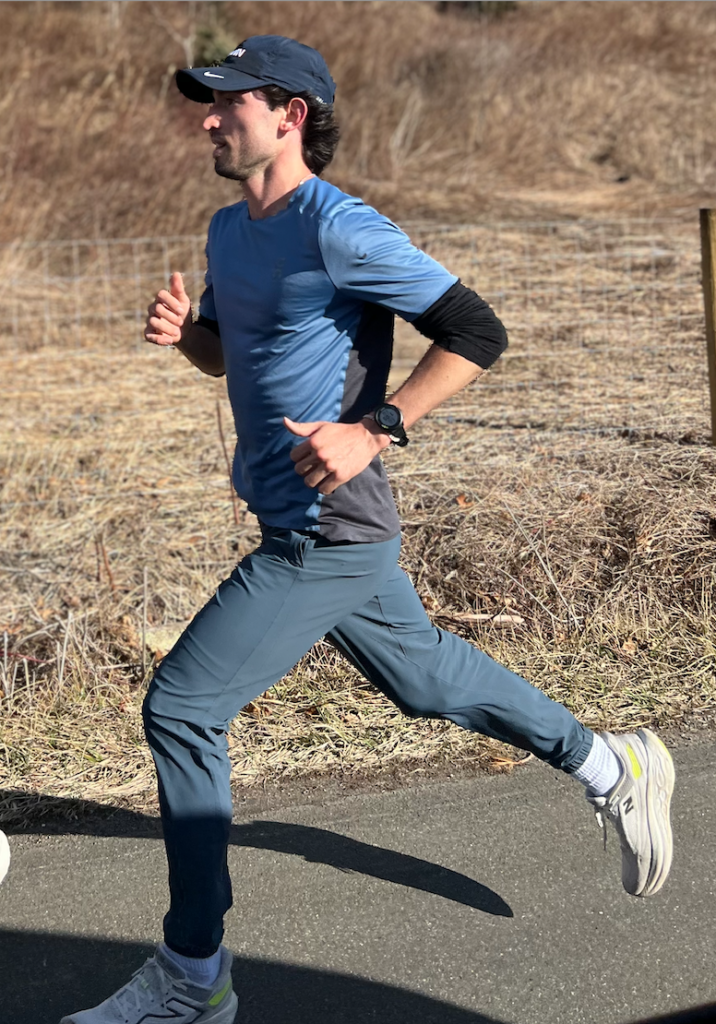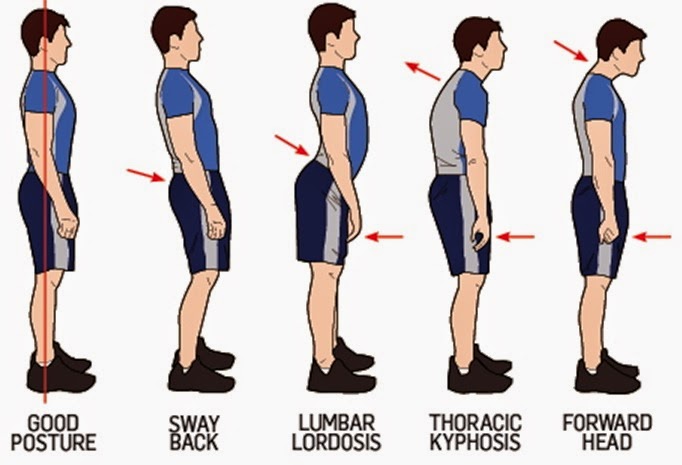Understanding the role of the back in running injuries and mechanics is something I’ve been particularly interested in recently. When it comes to learning new things it is easy to view all problems through this new and exciting lens. I fall victim to it myself when I learn about a new concept or training element. As a result, it’s important to understand spinal mobility and stability is only part of addressing health and performance. However, I wanted to take a moment to share 5 back exercises and mobilization techniques we’ve incorporated into many of the ZAP athlete’s training routine.
“If the only tool you have is a hammer, you tend to see every problem as a nail.” – Abraham Maslow
1. Back Exercise: McGill Big 3

Stuart McGill is a world renowned expert on back pain. I listened to a recent interview with him on the Drive podcast with Dr. Peter Attia. In that interview McGill discussed the importance of developing stiffness in the core to improve performance and protect the spine. Many runners neglect their core and overall posture, and the results can have disastrous consequences over time. Both as it relates to performance and to overall health and well being as we age.
Through decades of leading research McGill found 3 exercises that stood above the rest in creating spinal stability, the “McGill Big 3.”
As a caveat to what follows, McGill also discusses how an assessment is important to determine whether these “Big 3” back exercises are appropriate. You can skip to the 56:15 mark of the interview to listen to the details. But suffice to say, most runners would fit into the bucket of folks who would benefit from incorporating these exercises into their daily routine.
Below you’ll find a video that does a great job of outlining the “Big 3” back exercises. The magic is in the details here so pay attention to body position and creating intra-abdominal pressure to stabilize the spine properly.
The “Big 3” back exercises are:
- Curl Up (please watch the video below for instructions on this, it is a bit different than what most people are familiar with)
- Side Plank
- The Bird Dog
2. Back Exercises to Engage Scapula
Rounded shoulders is an incredibly common problem we see in runners. This is often a combination of poor postural awareness, tight pectoral muscles, lack of thoracic mobility, and weak back muscles. We’ll tackle all of these, starting with weak back muscles.
As it relates to the rounded shoulders, we’re talking specifically about getting the scapula (your shoulder blades) to pull back to open up your chest and to stay down on your ribcage. There are a few different back exercises we use to accomplish this:
- Pull-Ups (Pay particular attention to pulling from the back and not hunching or squirming. You can use a band to assist if you need some help maintaining good technique.)
- Banded Pull Aparts
- Scapular Pushups
- Dumbbell or Seated Cable Rows
3. Pectoral Mobility
All of the back strength in the world won’t do you any good if you are so locked up in your chest that you’re unable to access that strength. Part of opening up your chest and getting your shoulders down and back is simple awareness. Think about this a few times while you’re running. This “palms forward” tip by Jay Dicharry is my favorite cue for proper shoulder position. (Side note: Jay has written 2 incredible books on strength & mobility for runners and is the basis for most of what we do with the ZAP team in the weight room.)
However, there are a few pectoral mobility exercises we can incorporate to improve range of motion and release restrictions:
- Door Frame Stretch
- Banded Chest Opener (a good pre-run option!)
- Barbell Pec Smash (looks like torture, and is a bit, but great for releasing restrictive tissue)
4. Thoracic Spinal Flexion and Extension
Now we move on to the most underrated element of the rounded shoulder posture: thoracic mobility. And we are talking specifically about thoracic extension. Improving thoracic extension helps to stretch the lat muscles and open up the chest in the way we’ve been discussing.

It is important to note that as it relates to mobility, if you don’t struggle with upper body posture and can maintain a neutral spine while running (see image to the right), then you don’t want to go overboard with mobility. To Dr. McGill’s point, a stiff spine that has adequate range of motion is the goal. There are negative consequences to having an overly mobile spine, primarily being that it is much harder to stabilize.
That being said, our go-to mobilization for thoracic mobility is:
- Preacher Position. This mobilization technique requires a lot of focus on execution. Mainly, you need to make sure that you’re allowing the middle of your spine to retract and extend while keeping your lower back stable.
5. Rotational Strength & Mobility
Despite the fact that running is done in a straight line, there are a lot of rotational forces playing on our core with each step. As a result we need to make sure that the spine has adequate rotational mobility as well as rotational strength. We incorporate several rotational back exercises with the team. Here are the 3:
- Banded Torso Rotations (a cable pulley in the gym is even better)
- Split Stance Cable Press (we use a band)
- Stability Ball Twist
Rotational mobility is also important in maintaining fluidity of movement. One of our primary focuses is on maintaining independence of movement between the spine and the hips. When you’re pounding the pavement for hundreds of miles a month or year, it’s easy for the back and hips to become locked in motion. We want to allow rotational movement in the spine independent of the hips. The mobilization technique below is directed toward maintaining exactly that independence:
The spine is an often overlooked element for running efficiency and health. Even outside of these movements, be sure you’re cueing a stable, neutral spine during your runs and gym routines. Spinal stability is at the core (pun intended) of how we move, and is a crucial building block to maintaining health and longevity in the sport. Give your back some love and remember, the benefits are in the details!
Interested in Learning more about ZAP’s 1-on-1 Coaching Services? Click Here.